Laura Kath, Santa Ynez Valley Visitors Association: Can you talk a little bit about your organic growing?
Very quickly I’ll go through the Sanford & Benedict Vineyard, then leaving that to start the Sanford Winery. My wife and I grew the Sanford Winery for 25 years to about 50,000 cases of production and built a beautiful new winemaking facility just down the road. We became involved with a marketing group called Paterno. They’re from Chicago. It wasn’t a good circumstance. We had been growing organically, and they felt that wasn’t important, so Thekla and I, rather than compromising our values, decided to move on and create a new winery. It’s called Alma Rosa. We’re on the Rancho Santa Rosa land grant, so Rosa is from the Rancho. The concept is that all the vineyards being on the original rancho, the wine is a reflection of the soul of the rancho. That’s where Alma comes from, because Alma means soul in Spanish.
25 years ago, Thekla said that we were growing all our vegetables in an organic, and she said, “Well why don’t you just grow the grapes organically?” I said, “Well that seems very challenging,” because at that time I was using conventional agriculture, and it’s interesting that conventional agriculture is whatever is typical of the time. 100 years ago, conventional agriculture was organic growing, but it changed because these materials became available. I was taught as I learned to grow grapes, people were using these chemicals. I thought it would be challenging to make a change, and sure enough in two years we weaned ourselves of all chemicals. I went back in history to see how people were dealing with some of these issues. They were using plows for weed control, for instance, so it was mechanical rather than sprays. So we abandoned all of our chemicals 25 years ago, and we were the first to be recognized. Today, there’s been a disconnect because organic wine and organically grown grapes because typically wine connoisseurs don’t care for organic wine because it turns brown and matterizes pretty quickly. For years we were very quiet about talking about organic because of the connection. Isn’t that curious that now when people are wanting to know where their food comes from and to see the pedigree, we thought, well, maybe we’ll become certified and we’ll make more noise about it in the future. Sure enough, we were the first vineyard to be organically certified in the county. Sure enough, now that people want to know where their food comes from, we’re very proud of our certified organic status.
Laura Kath: What year were you certified organic?
It must be ’98 or ’97.
Journalist: It sounds as if you did a lot of research in France.
Well, the most important research to do is to drink the wine. That’s the way to learn about wine. I did travel there. My feeling was, the inspiration for our winemaking should be Burgundy, because that’s where they grow these plants. It has such a rich history.
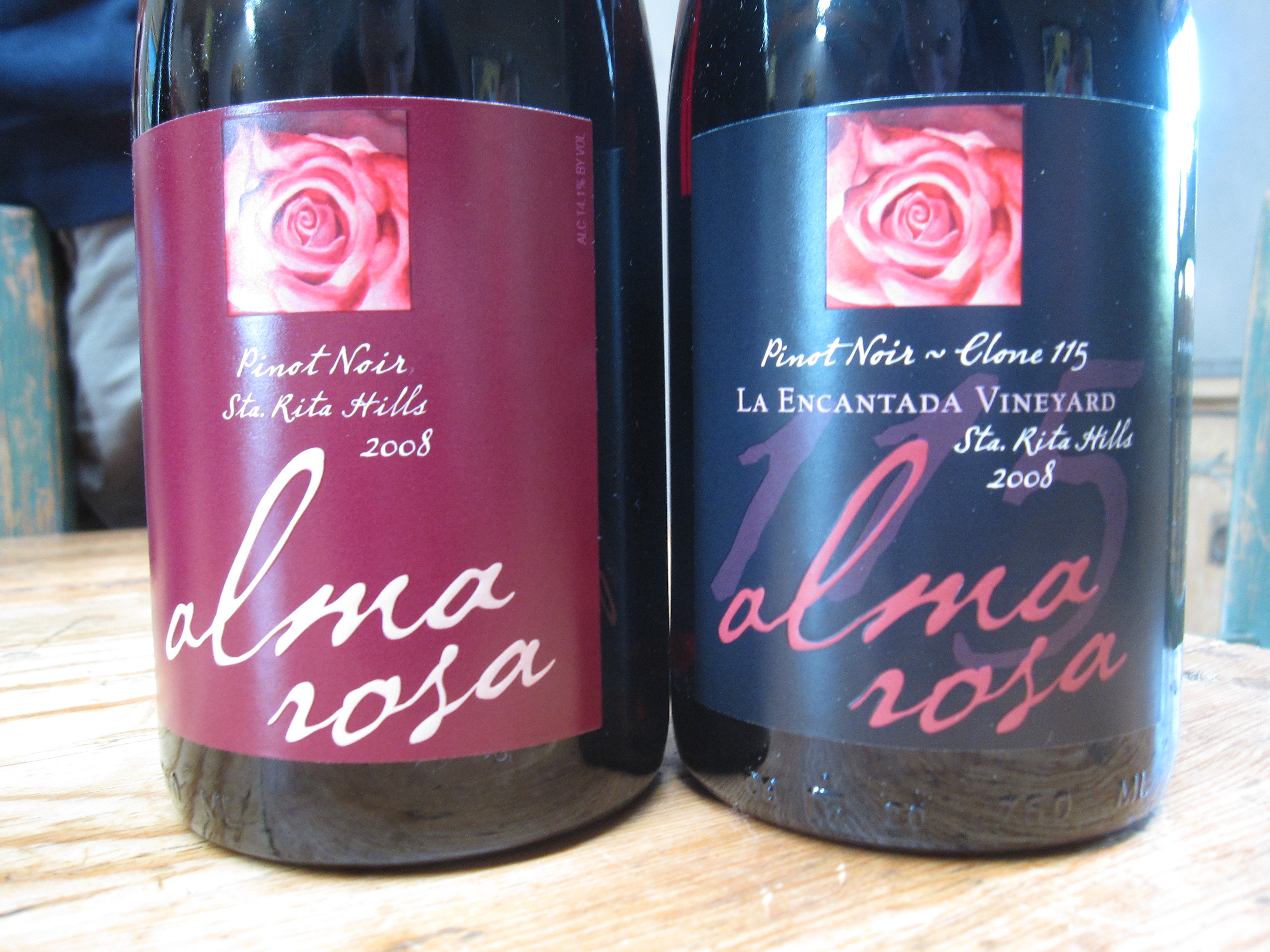
[The following questions and answers were via e-mail].
Do you have a first wine memory, good or bad?
I remember very well sharing a bottle of a fine Volnay from Burgundy with a shipmate. I was an officer in the Navy during the Vietnam war, my fellow officer named Scott Wine was quite wine knowledgeable and we enjoyed the Volnay with dinner. That experience was the inspiration when I left the Navy and decided to research growing areas for Pinot Noir on the west coast of North America.
I had graduated from UC Berkeley with a degree in Geography which was invaluable in researching the location to plant my first vineyard. I planted the first vineyard in what has become the Sta. Rita Hills AVA in Santa Barbara County, California. I determined that the Transverse Mountain Range of California which runs east-west allowed the cool coastal on shore winds to moderate the growing climate which I figured was perfect for Pinot
Noir.
What was the first wine you produced, and how did it turn out?
I planted the 120 acre Sanford & Benedict Vineyard in 1970 and farmed the vineyard myself until our first harvest in 1976. Driving on the tractor and taking care of the vineyard in a beautiful physical location was a wonderful healing experience after being in the war. The 1976 Sanford & Benedict Pinot Noir was stunning, that was my first commercial wine and it was extremely well received by the wine cognoscenti.
How much value do you see in a 100-point rating scale?
0.
If you could only drink one more bottle of wine, what would it be and why?
Deutz Champagne, Cuvee William vintage. Being the last bottle it should be a celebration!
Would you pair food with the wine?
California sustainably farmed Osetra caviar.

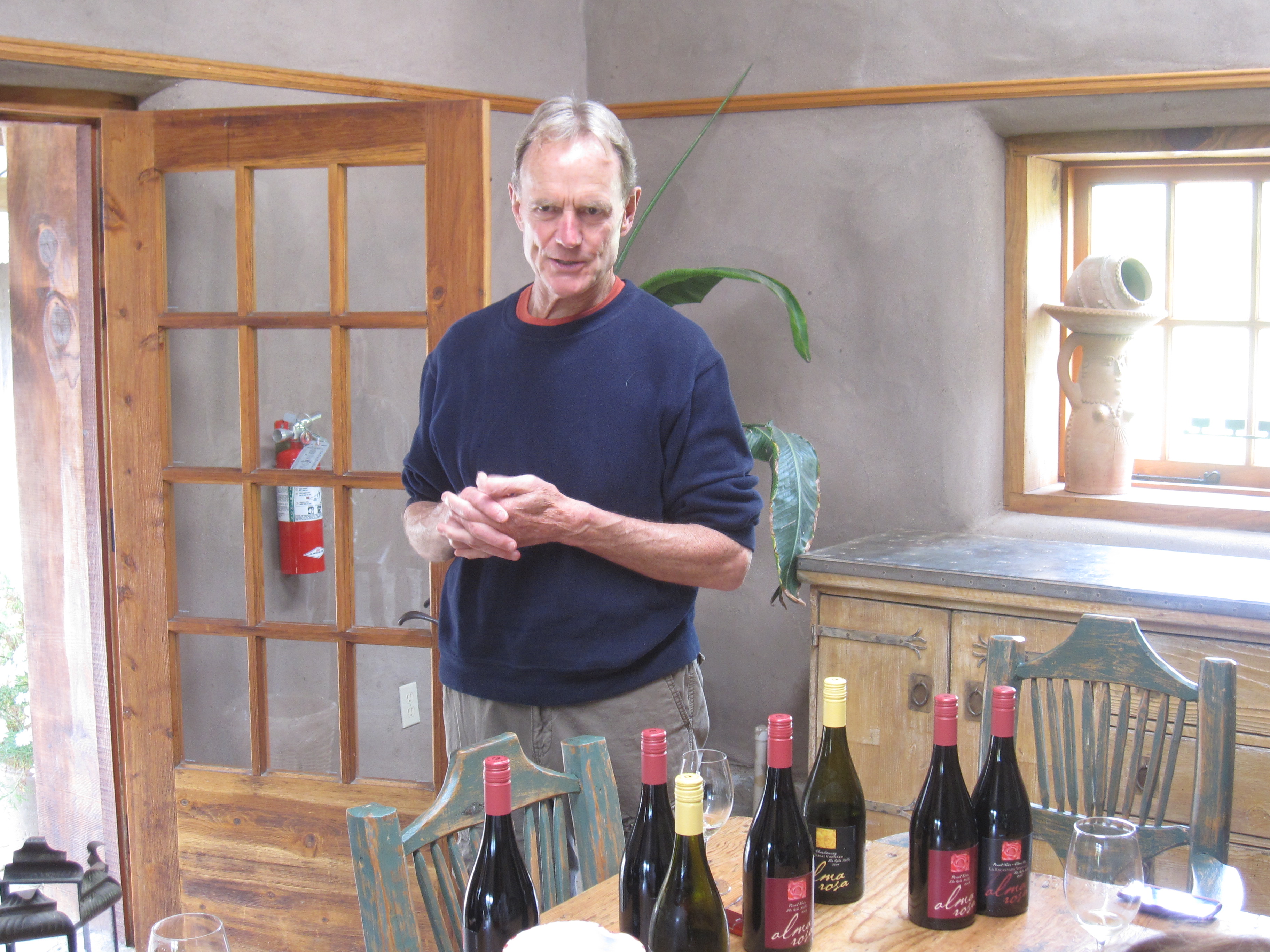
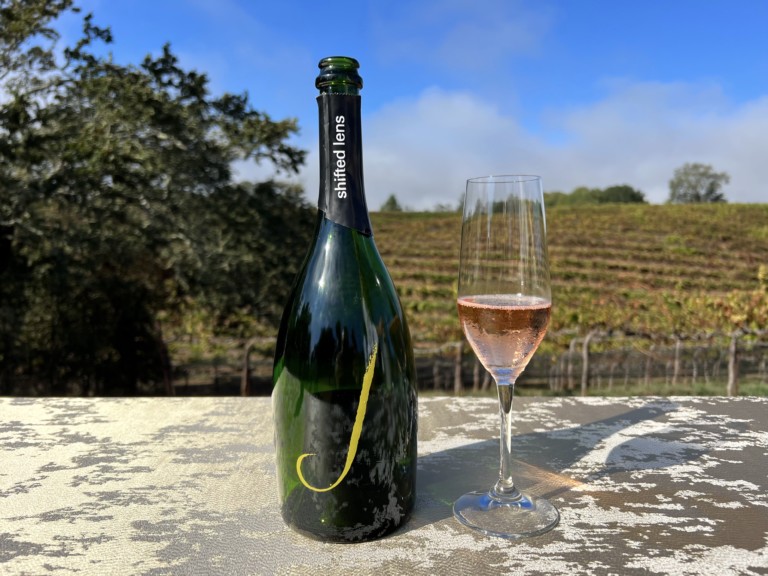
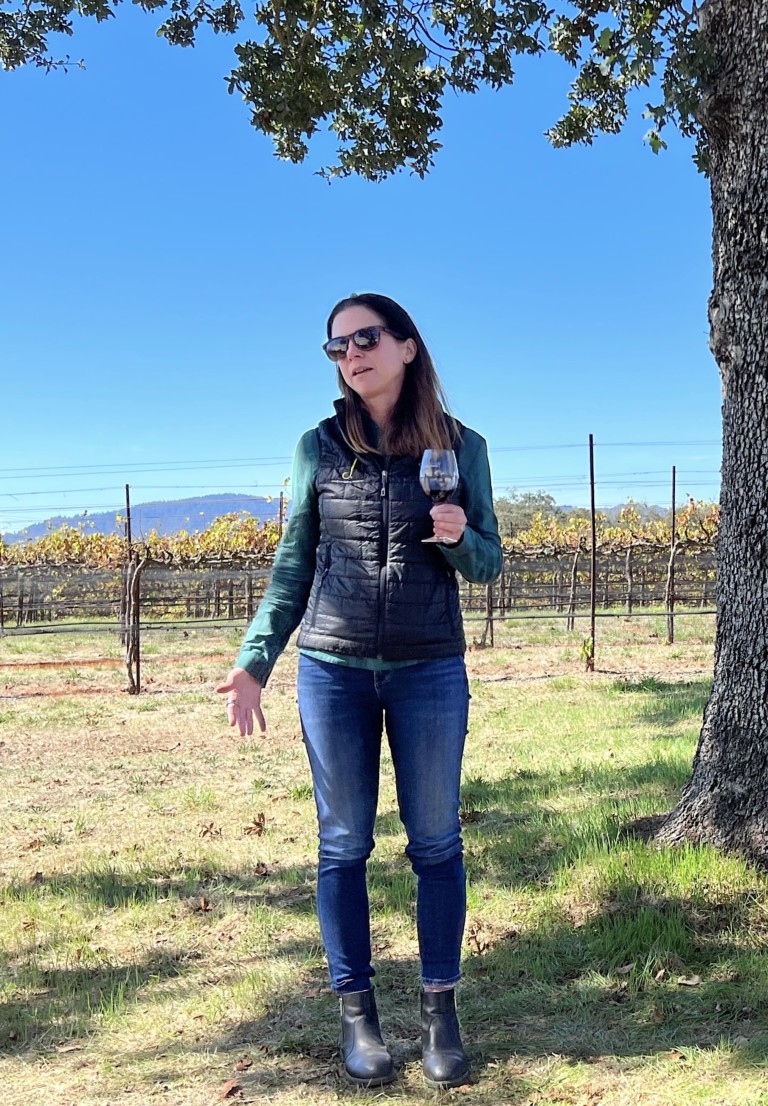
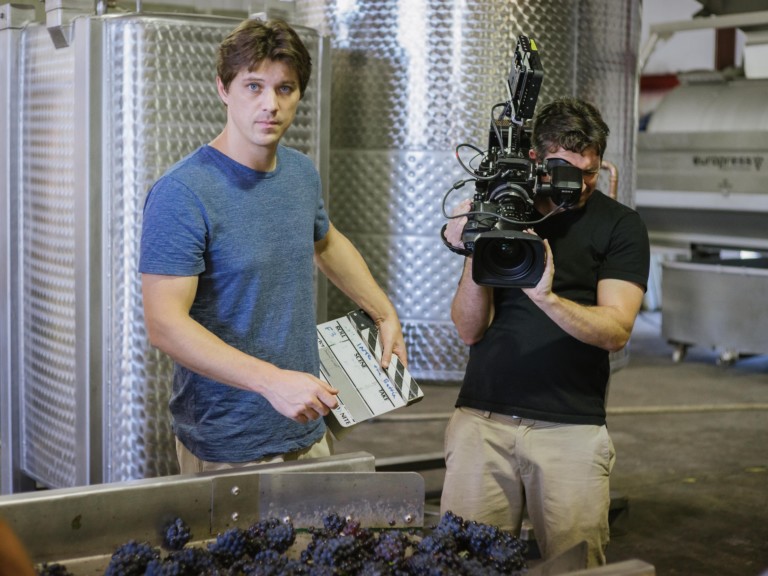




Blog Comments
Randy Clemens
June 14, 2011 at 9:37 AM
Alma Rosa has always been a favorite. Thanks for reminding me to work a little more Pinot Noir into my very beer-y schedule.
Joshua Lurie
June 14, 2011 at 2:38 PM
A Clemens cannot live on beer and vegetables alone. You’ve got to take your wine supplements too.